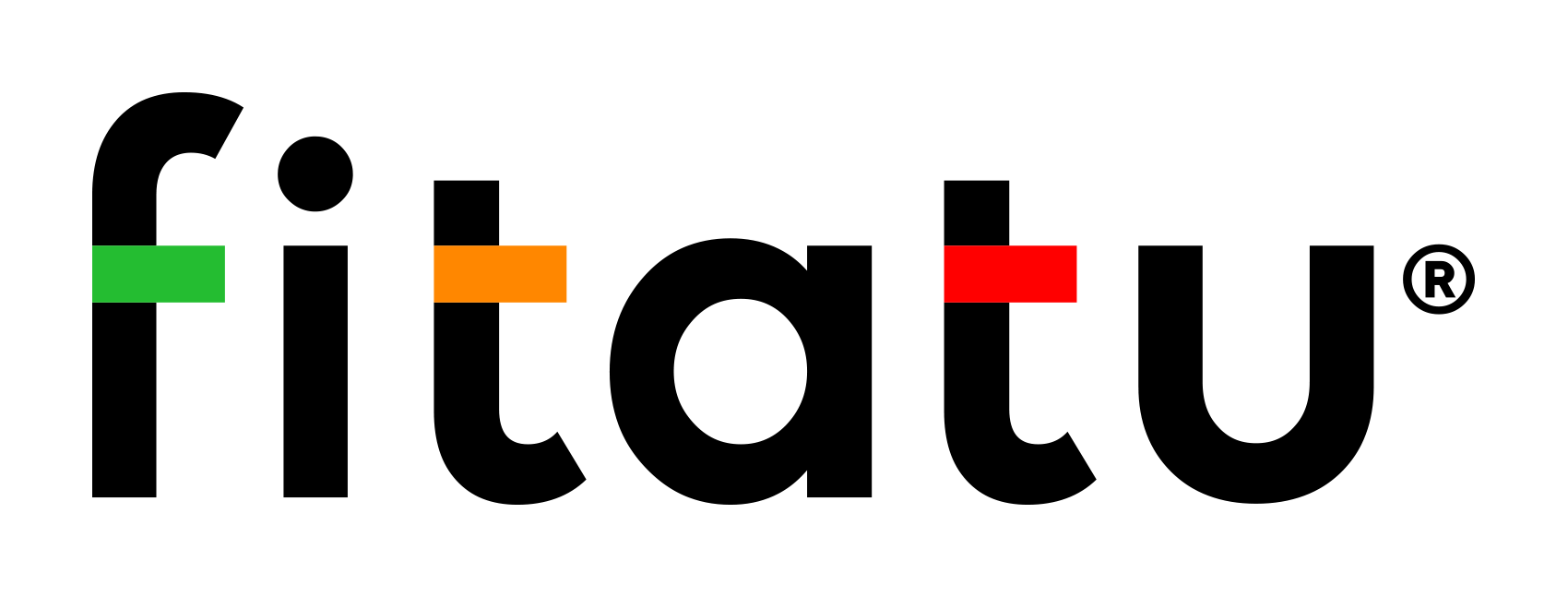The DASH diet – the healthiest diet in the world?
Where did the DASH diet come from? How did it get and still is among the dietary trends? What does it consist of and what are its benefits? Today we will evaluate the DASH diet through the eyes of a nutritionist.
The DASH (Dietary Approaches to Stop Hypertension) diet was developed by the National Heart, Lung and Blood Institute in the USA for the prevention and treatment of hypertension. However, anyone can benefit from following this dietary model.
Dietary modifications towards the DASH diet are particularly recommended in people at risk of cardiovascular disease, i.e. those who are overweight, obese, with increased levels of total and LDL cholesterol, diabetes, or those with low physical activity or who smoke.
What is hypertension?
Arterial hypertension is a disease characterised by periodically or permanently elevated blood pressure. The disease develops as a result of adverse environmental and genetic factors, or as a consequence of other diseases (e.g. kidney disease). Hypertension is diagnosed when the systolic blood pressure is equal to or higher than 140 mm Hg and/or the diastolic blood pressure is equal to or higher than 90 mm Hg
(at least two blood pressure measurements are taken during a medical visit).
Environmental factors that influence the development of hypertension include:
- incorrect diet,
- excessive body weight,
- low levels of physical activity,
- smoking,
- excessive alcohol consumption.
What diet promotes hypertension?
- Rich in table salt,
- high energy (leading to excess body weight),
- with a low fruit and vegetable content,
- rich in highly processed products,
- high in saturated fatty acids,
- poor in natural sources of potassium and calcium.
What the DASH diet is all about
The DASH diet plan is primarily rich in vegetables and fruit, which are rich sources of dietary fibre, vitamins and minerals. For people with hypertension – increasing the amount of dietary fibre consumed leads to a reduction in blood pressure.
It is also worth mentioning that vegetables and fruit are natural sources of potassium, which also affects blood pressure values. It is recommended that potassium be provided from natural sources of this element (vegetables, fruit, nuts, seeds, etc.) rather than through supplementation.
The sodium supply should be limited. This can be achieved by adding plenty of aromatic herbs and spices to food instead of salt. Do not add salt when cooking rice, pasta or vegetables. It is worth remembering that products such as yellow cheese and cold cuts usually already contain large amounts of salt in their ingredients.
Low-fat dairy products are recommended and their consumption reduces the risk of developing hypertension. This relationship is probably due to the fact that dairy products contain calcium and vitamin D. An adequate supply of calcium may reduce the negative effects of sodium.
It is also important to eat whole grain cereals (whole grain bread, brown rice, whole grain pasta, coarse groats, oatmeal, bran), pulses (lentils, chickpeas, peas, beans), nuts and seeds.
The consumption of lean meats such as turkey, chicken and rabbit is recommended, as is the presence of fish in the diet. It is also necessary to limit sweets and sources of saturated fat such as coconut oil, palm oil, butter, full-fat dairy products, eggs, cream. Avocado, olive oil, linseed oil, castor oil, fish oil are recommended.
Recommended daily allowances for each product group in a 2000 kcal diet
| Product group | Number of portions |
| Cereal products | 7-8 |
| Vegetables | 4-5 |
| Fruits | 4-5 |
| Low-fat dairy products | 2-3 |
| Lean meat, fish | 2 or less |
| Legumes, nuts, seeds | 4-5 per week |
| Fats | 2-3 |
| Sweets | Limited quantities |
| Sodium | Less than 2 300 mg |
DASH has been shown to reduce systolic blood pressure
by an average of 6 mm Hg and diastolic blood pressure by an average of 3 mm Hg, and these effects are present after only 2 weeks of dietary use.
It is worth noting that, in addition to a proper diet, other elements of a healthy lifestyle are also important, such as physical activity, losing excess body weight or maintaining proper body weight, adequate sleep duration and hygiene, managing stress, quitting smoking and limiting alcohol consumption.
You can control your diet, water intake, body weight and your physical activity using the Fitatu application. More information about Fitatu can be found at: https://www.fitatu.com








